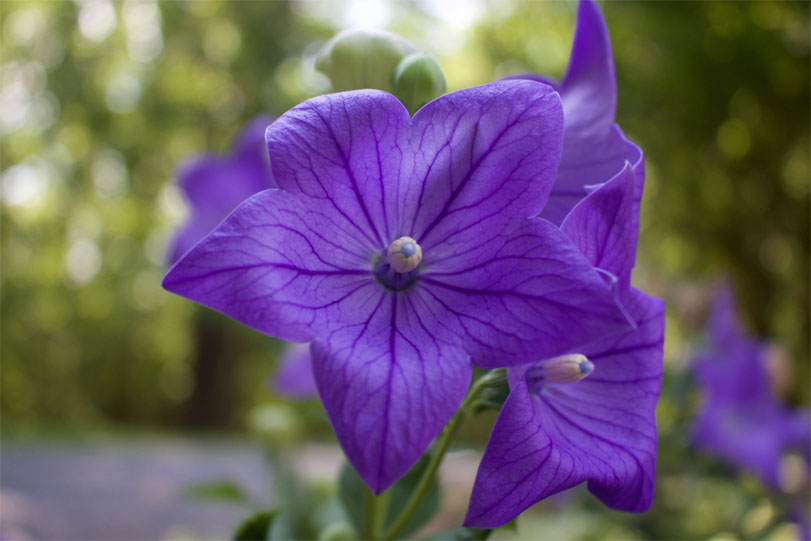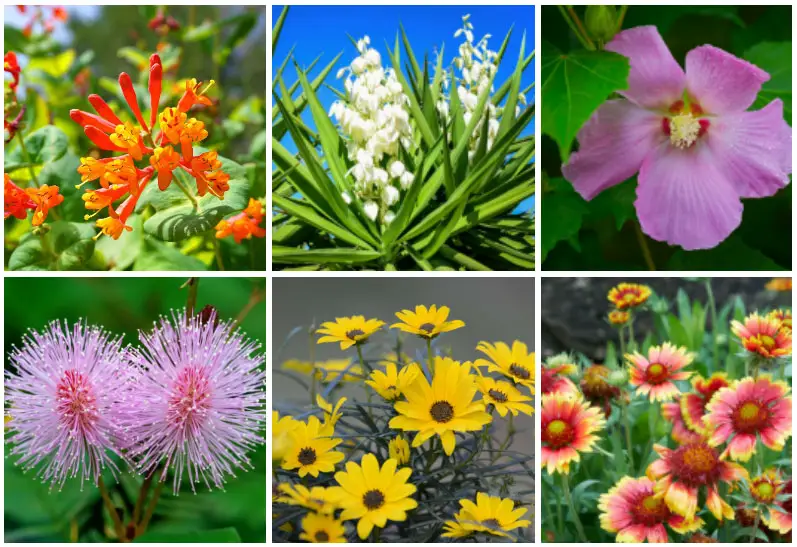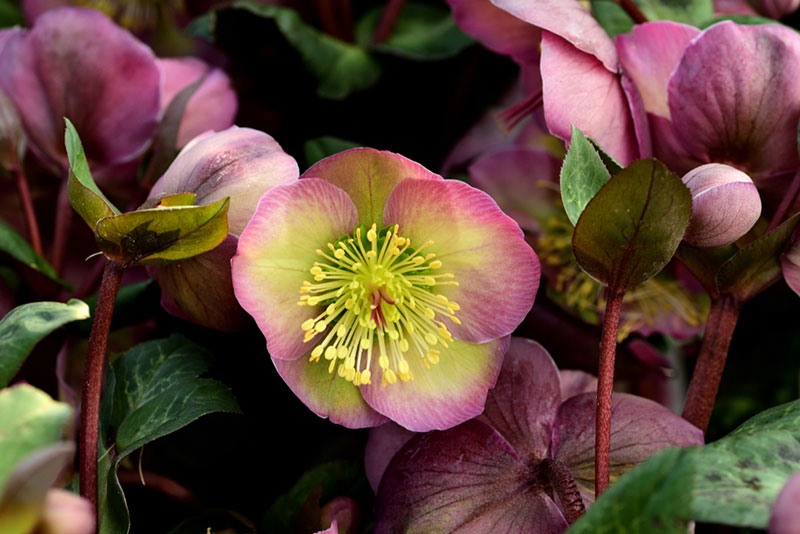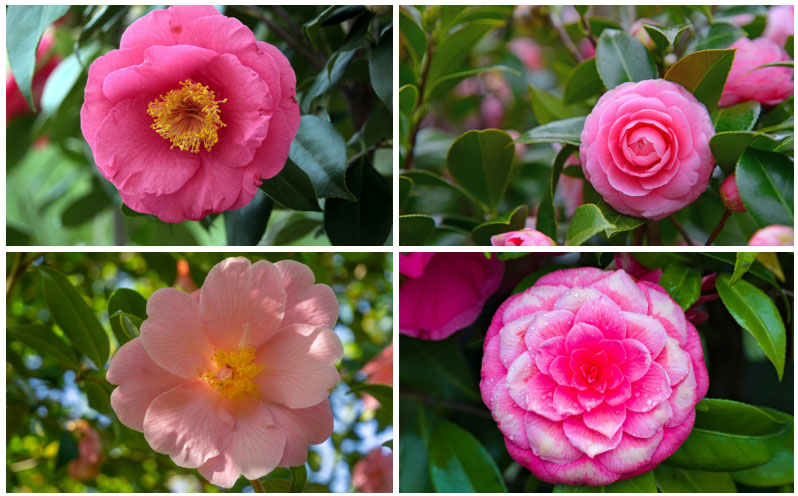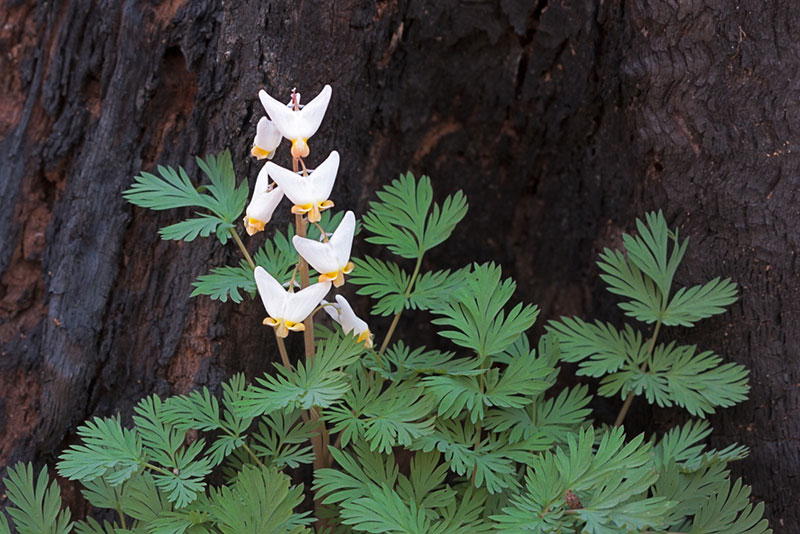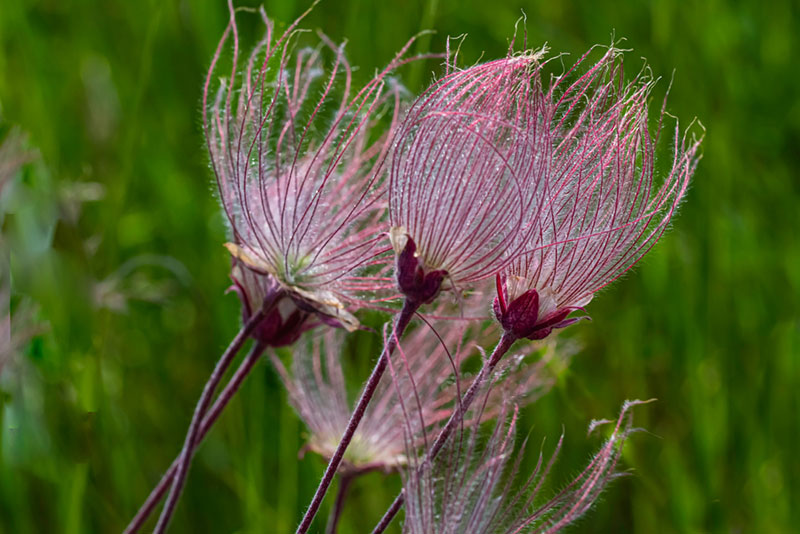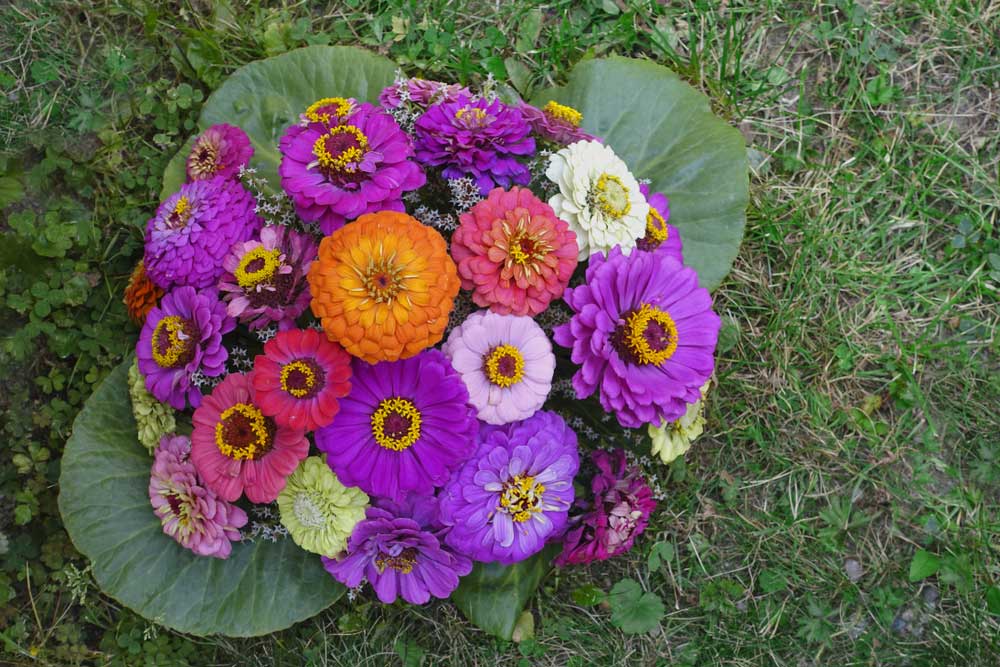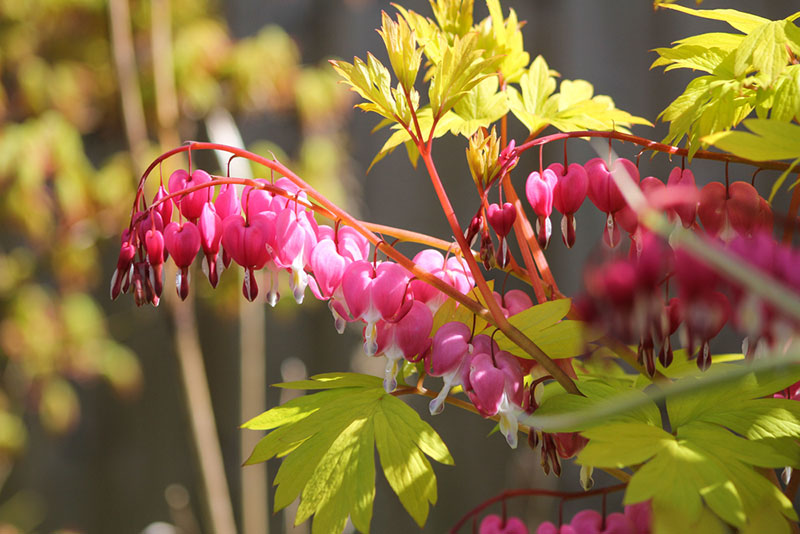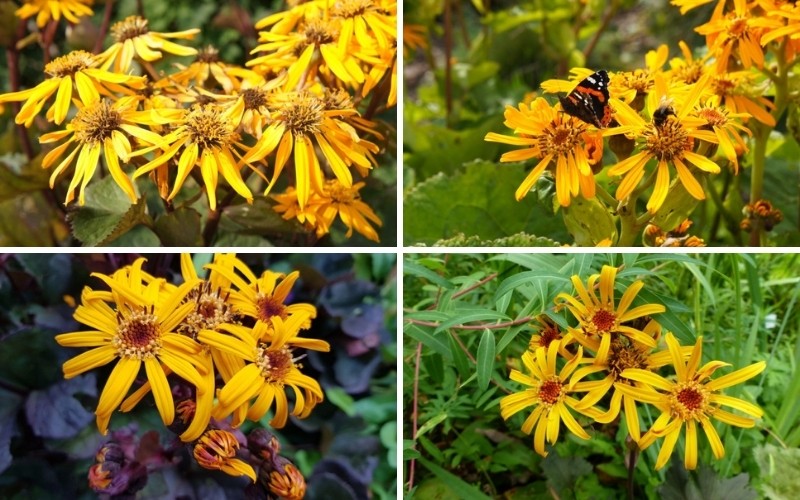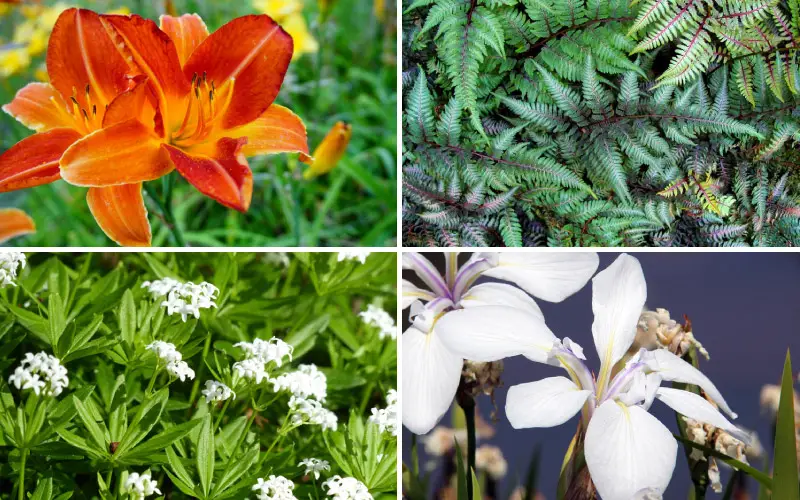
Gardening is usually associated with warm summer days and the feeling of sun on your shoulders, but if you’re living in a wet climate, your visions may be of rainy days, soggy soil and a dull, colorless landscape.
The good news is that some plants enjoy the freshness of frequent rain and the moisture that’s found in hearty, wet soils. From flowers and shrubs to ground covers and ornamental grasses, these ten choices will brighten up your yard or patio this season.
Trumpet Vine
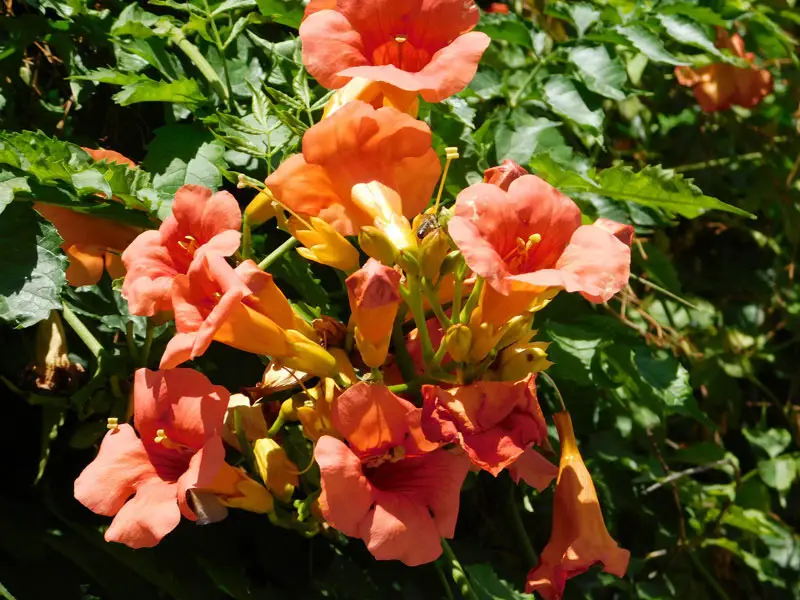
Hardy in zones 4-9, this woody perennial creeper serves as ground cover that is both colorful and sturdy against foot traffic. It’s trumpet-shaped tubular flowers bloom from summer through fall, attracting hummingbirds with hues of orange, yellow and red.
Plant this moisture-loving beauty near rock features and fences and watch it grow up to 40 feet in a single season. No fertilizer is necessary, but a good pruning in the early spring or fall with heavy-duty pruners will keep the spread under control.
Day Lilly
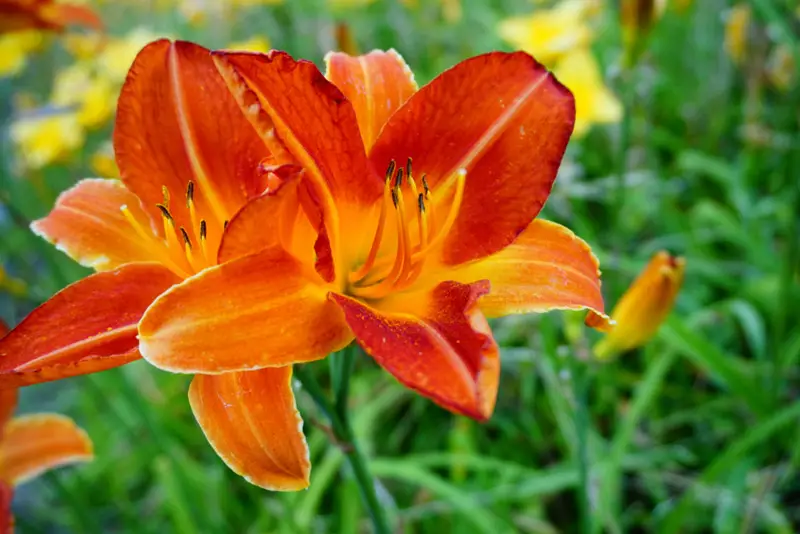
Day Lilies are ubiquitous precisely because they grow in nearly any condition. Hardy in zones 3-8, they’re highly adaptable and come in a dizzying array of colors and heights. When not in bloom, even their lush green foliage is full and attractive. Choose from varieties that are lightly scented or highly-perfumed.
Lilies need almost no care, but with a little attention, they will thrive and multiply. Apply a basic 10-10-10 fertilizer each spring, cover the soil with a layer of mulch and relax the rest of the summer. Divide the bulbs when blooming is done.
Indian Grass
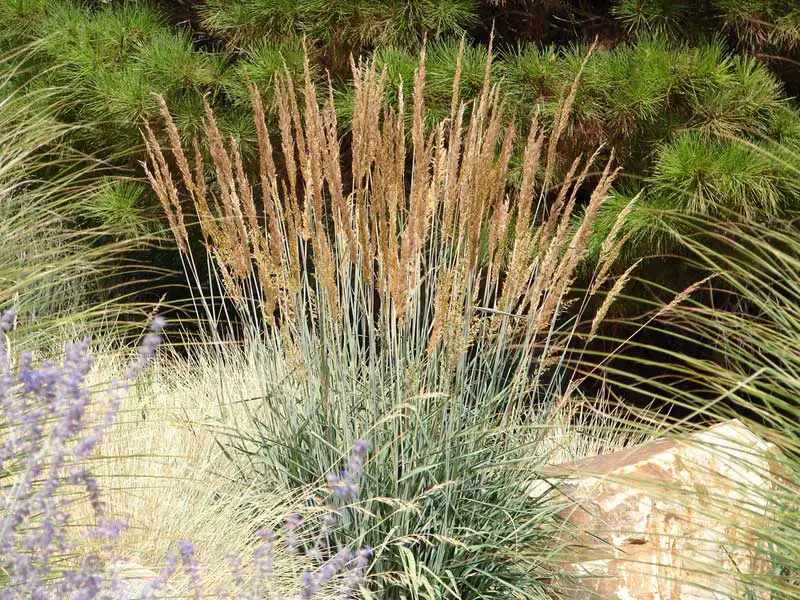
Indian grass makes a stunning ornamental border near ponds and can quickly naturalize large open areas. It’s heat and drought-tolerant, but thrives in deep, moist soil. Hardy in zones 3-10, Indian Grass grows to heights of up to 6 feet with green foliage tipped in shades of orange and brown. Plant directly from seed or divide established clumps to propagate. Indian Grass is an excellent choice for controlling erosion.
Japanese Painted Fern
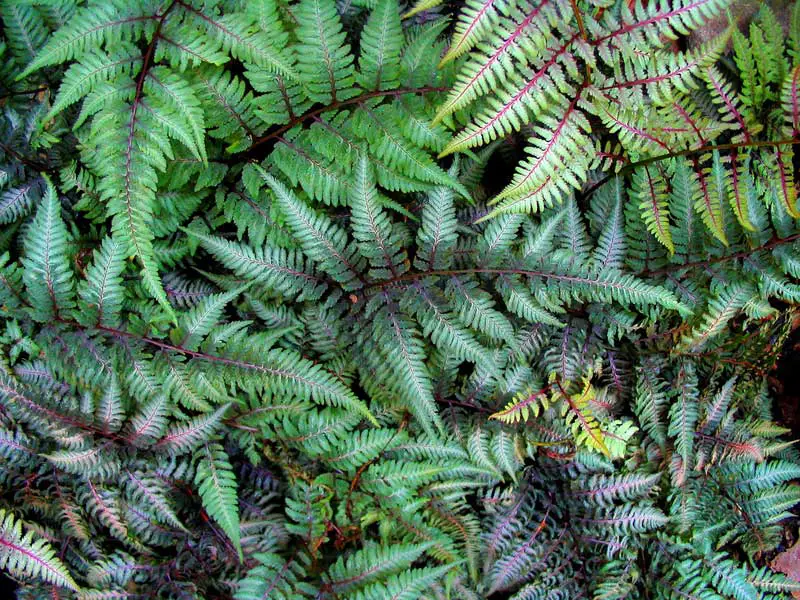
Japanese Painted Ferns are a gardener’s delight. Their blue and red stems topped with splashy silvery fronds make a stunning backdrop against which to plant smaller flowers. They’re ultra-hardy and safe to plant as far north as Zone 3. With just a little compost in the spring, they’ll grow to about 18 inches and as long as they get enough moisture, they’ll give your yard nearly effortless perennial appeal.
Cattails
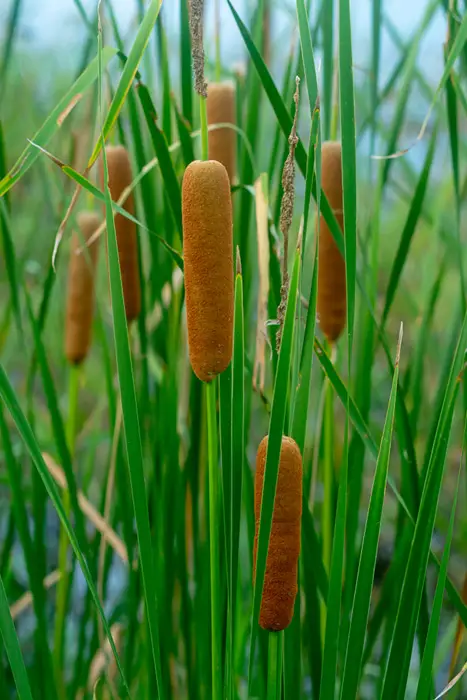
It’s no surprise to see cattails in the wild living by the water they love. These statuesque perennials grow to 10 feet tall and are the ecological bedrock for nature’s aquatic gardens. Plant them near water features for a natural effect or grow them in sturdy pots. They’re at home both in an outdoor garden and in tall decorative vases. A word of caution with cattails — they grow voraciously and take over a small pond in years if left unchecked. An annual culling keeps them under control.
Lily of the Valley
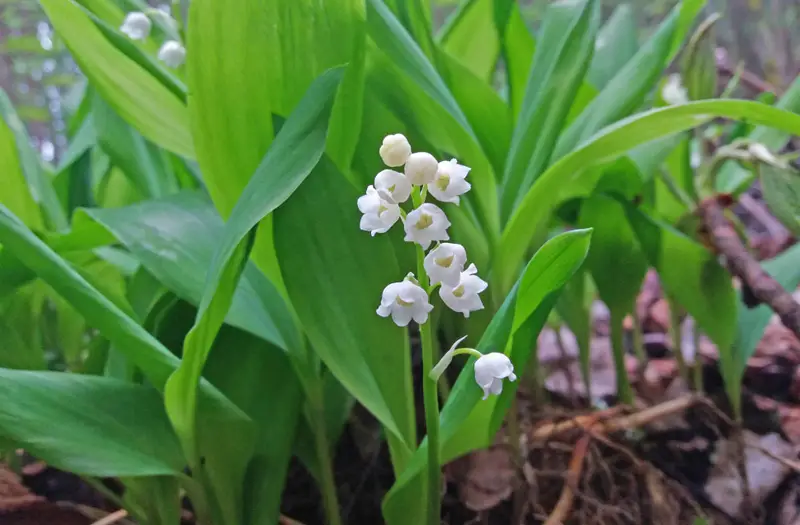
Hardy in zones 2-9, Lily of the Valley is short in stature, but long in decorative allure. When planted in the late fall, you’ll be rewarded with a blanket of 4-5 inch plants with small, sweet-smelling white flowers the spring. Try them in ornamental containers on your patio or plant them as natural borders near fences and outbuildings.
Sweet Woodruff
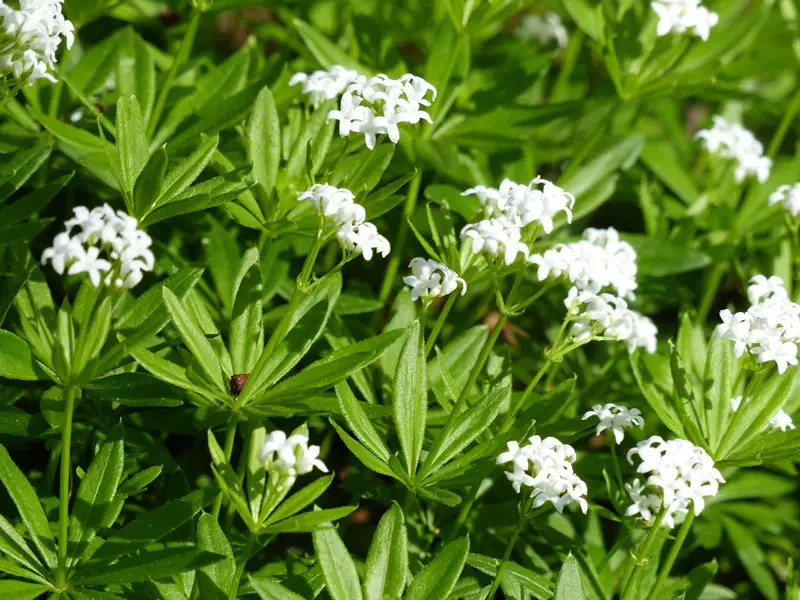
Sweet woodruff was once a prized herb, but today is used horticulturally as a low ground cover. It’s delicate and when planted in large quantity, looks like a lacy bed of green foliage with small white flowers dancing on top. Hardy in zones 4-10, Sweet Woodruff can be started indoors ten weeks before spring or plant it from seed and cover with a light layer of peat moss. It makes an enchanting border in dappled sunlight.
Silky Dogwood
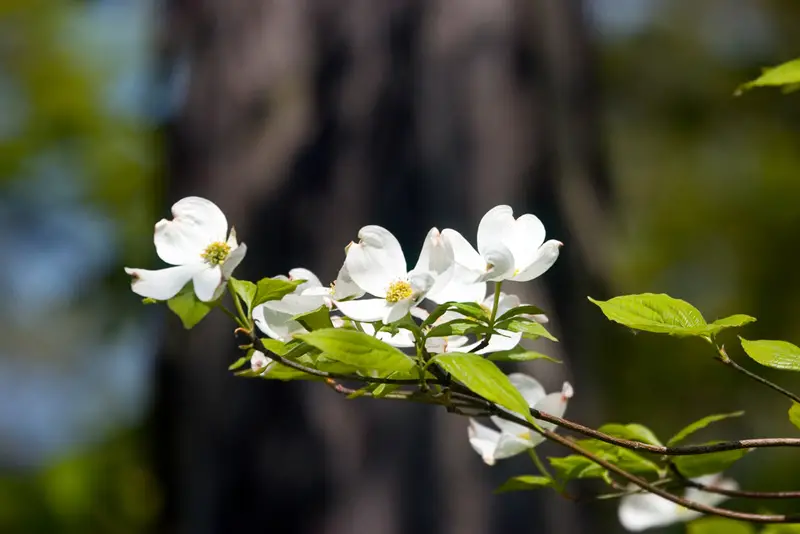
This quick growing shrub produces fruit that is a favorite of wildlife. It’s perfect for shady areas near forest borders and blends well with both natural and cultivated plants. Hardy in zones 4-8, it produces small yellow flowers in the late spring that yield to blue fruit, but continues to add color with its red bark and green leaves that turn to crimson in the fall. Set these near the edge of your yard and peek through binoculars at the fauna it attracts.
Siberian Iris
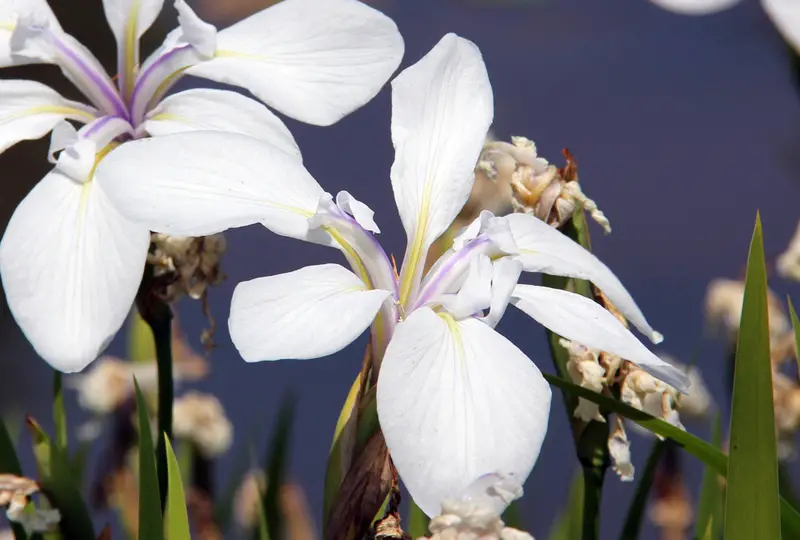
Winter hardy in zone 3-9, the Siberian Iris comes in dwarf, intermediate and tall varieties that offer a choice of height from a few inches to over two feet. Purple is the most common color, but cultivars with white and magenta blooms let you get creative. Plant bulbs in full sun or part shade and feed them in the spring with a nitrogen-rich fertilizer. Siberian Irises make stunning cut flowers and when blooms are spent, the reed-like green foliage continues to be visually engaging.
Hardy Hibiscus
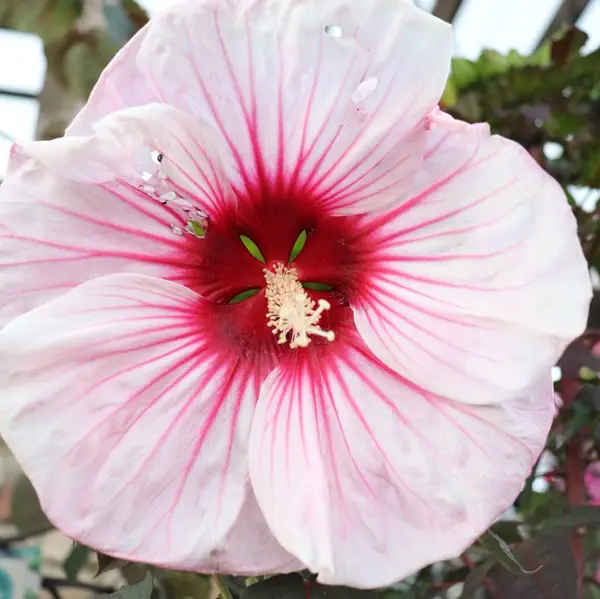
The Hardy Hibiscus is an eye catcher at up to six feet tall with pink or white blooms the size of dinner plates! Hardy in zone 4-11, plants should be set two feet apart in the spring after the danger of frost has passed. Hibiscus can tolerate sun, but prefers partial shade and if they dry out, they’ll drop their foliage. Place them in a garden or pots, but keep them moist. Test soil with a moisture tester if you’re not sure when to water.
Tools for Wet Weather Gardening
Sunny-day gardeners need sunscreen and wide-brimmed hats, but you’ll need to be ready for wet weather. Get started with these essential tools:
• Waterproof digging gloves
• Moisture tester
• Garden kneeler
• Garden clogs
• Rust-resistant hand tools
• Waterproof knee pads
Wet conditions don’t mean you have to compromise on a beautiful, colorful garden. Start with these ten hand-picked selections and let your imagination take it from there.
Learn more about how these ten low-maintenance, moisture-loving plants can beautify your landscape this season.





